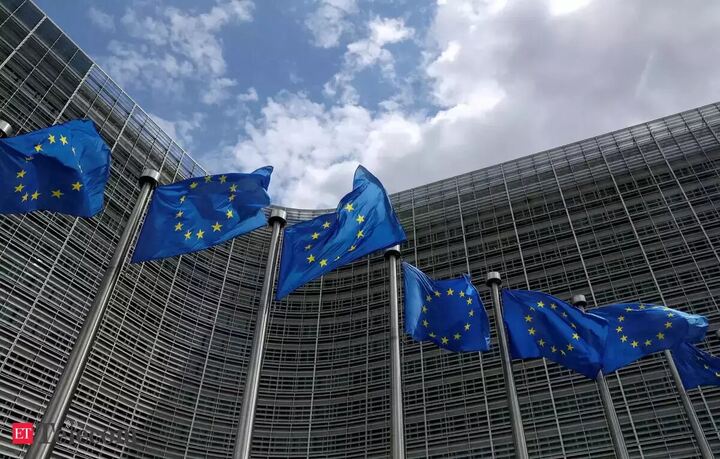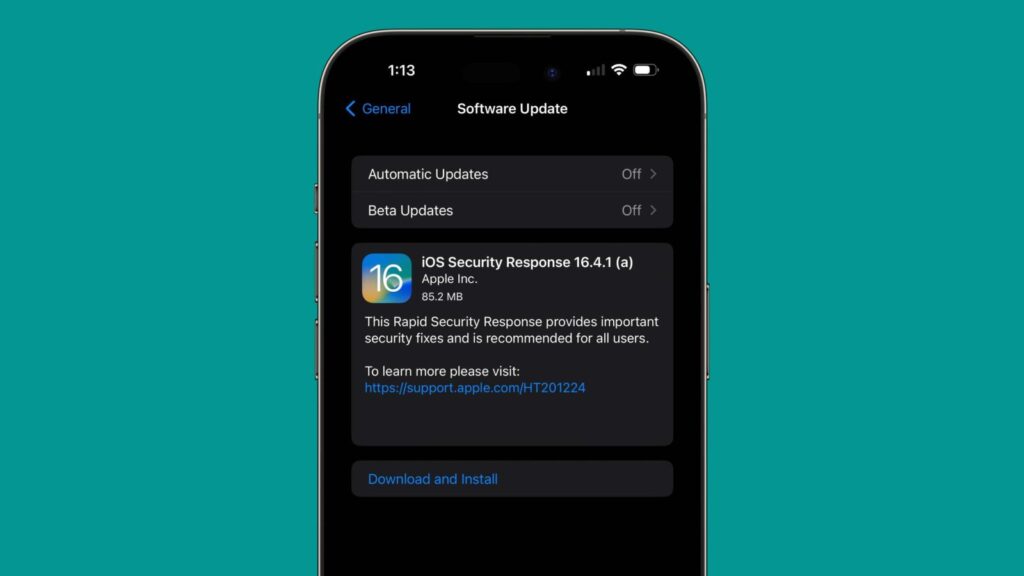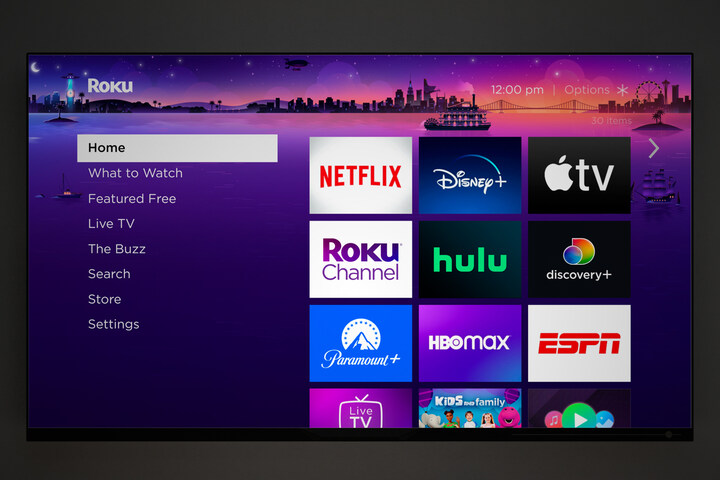Google I/O 2023: How to watch and what to expect
Google I/O 2023 will take place on May 10th. Google I/O is an annual developer conference hosted by Google. The conference typically features keynote presentations, technical sessions, and product demonstrations focused on the company’s latest innovations in technology and software.

In contrast to the multi-day I/Os of former years, this year’s event just lasts for that single day. Although Google is holding I/O as a live event at Shoreline Amphitheatre close to its campus in Mountain View, California, it is also being streamed on the Google I/O webpage. Google I/O can be live-streamed by any individual who registers for free on that website. The event can also be streamed on Youtube.
Also Read: Google Rolls Out Passkeys to (Eventually) Kill Passwords
These days, everyone seems to be thinking about AI-powered chat solutions, including Google. The organisation will have the chance to discuss Bard, its in-house chat client, and how it may benefit additional Google services like search, mapping, and productivity tools at Google I/O.
Google might take the opportunity to address worries regarding the hazards that certain individuals have identified with AI in addition to discussing how AI chatbots integrate into its own line of products, as one might anticipate.
The company released the Android 14 beta last month, and Google I/O 2023 will be its first chance to provide a public peek to a larger audience. This year is expected to be no different, given the significant role Android has played at previous I/O conferences.
Since a completed version of Android 14 is anticipated before the end of summer, we might even have more clarification on the development timeframe. Long rumoured to be in the works, Google’s first foldable device astonished everyone last week when it became public.
The maker shared a picture and a video of the Pixel Fold, a device that can be folded horizontally like a book. While Google declined to provide any information regarding its features, a prior claim from CNBC indicates the device may have a display that is 5.8 inches when it is closed and 7.6 inches when it is opened, making it comparable to Samsung’s Galaxy Z Fold 4.
Also Read: Google Authenticator finally syncs one-time codes in the cloud
The main announcement at Google I/O 2023 is expected to be a new piece of hardware for the company. There have been persistent rumours of a Pixel Fold that would disrupt the foldable phone market, which is now dominated by Samsung products. Google has now essentially acknowledged that this will take place.
It is anticipated that at least one new phone will be released by Google, especially in light of the rumours that claim the Pixel 7a will go on sale during that time.

I am a law graduate from NLU Lucknow. I have a flair for creative writing and hence in my free time work as a freelance content writer.





